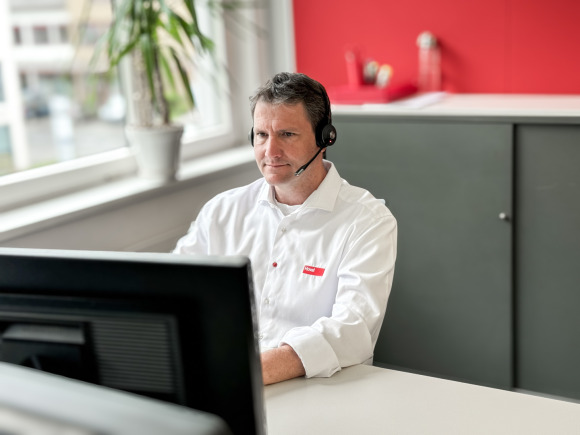Ventilation of indoor swimming pools

Indoor swimming pools need to be ventilated so that the room air humidity doesn’t rise too much. In this process, the extract air is dehumidified by condensation in recirculation operation or the humid extract air is blown outside and replaced with fresh air. In both cases, heat recovery units that save on energy and costs are used.
Key requirements
To achieve efficient dehumidification, no humidity must be transferred. The high level of humidity in the extract air produces a large amount of condensate that must be discharged (tip 5: condensation in the extract air). The heat exchanger should be tight to prevent condensate getting through and humidifying the supply air (tip 8: condensate tightness and resistance). As the condensate produced can be aggressive – e.g. due to chlorine – the exchanger must be resistant to corrosion.
Special features
Condensation causes a lot of heat of evaporation to be released, improving performance. At the same time, the freezing limit falls, resulting in a minimal risk of freezing.
During dehumidification in recirculation operation, the extract air is precooled in the plate heat exchanger to then bring it to the required condensation temperature in the cooling coil.
During dehumidification in recirculation operation, the extract air is precooled in the plate heat exchanger to then bring it to the required condensation temperature in the cooling coil.
Cost-effectiveness
The high air humidity means high temperature efficiency and, as a result, high cost-effectiveness are also achieved. This is also improved during dehumidification in recirculation operation. Corrosive extract air requires resistant materials and incurs additional costs.

Ask for advice on heat exchangers for indoor swimming pools
We’ll help answer any questions you have regarding the ideal heat exchanger for indoor swimming pools.
You’ll benefit from an all-inclusive package ranging from expert advice and reliably high product quality to delivery within short delivery times.
